Ethiopian coffee began to be subdivided into varieties of Jiulumi, Degas and Walliso.
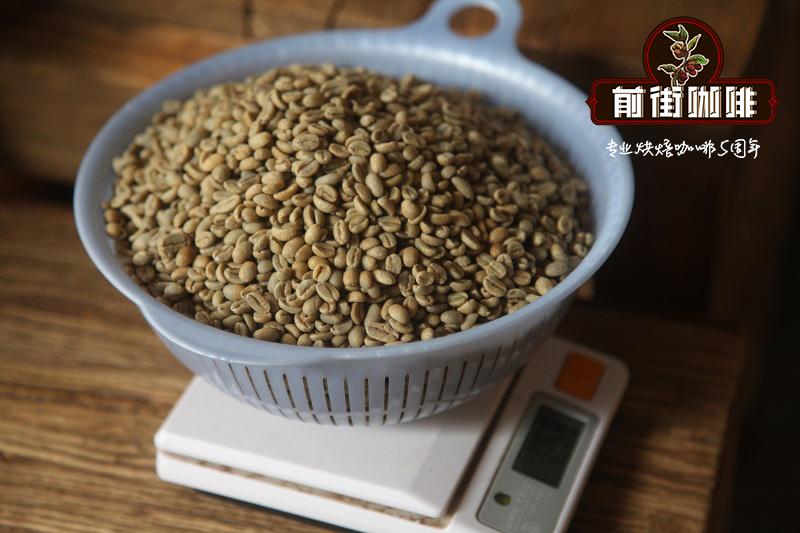
Ethiopian coffee varieties are often described as "family heirlooms" in recognition of their long history and distinguish Ethiopia's production environment from other coffee producers that identify themselves as "technology". Although Ethiopia has many mountain forests filled with wild coffee, most of the coffee grown and harvested for export today is selected or grown in some form. Coffee exported from Ethiopia generally comes from Yirgacheffe, Guji and the wider Sidamo region. The following is a description of the most common varieties of the treatment station batch: Jiulumi, Degas dega, Walliso Wolisho and two local selected subvarieties from Guji.
Jiulumi is one of the local varieties of Yirgacheffe in Ethiopia. Surveys conducted between 1989 and 1994 helped to identify local varieties by name. Prior to the 1970s Ethiopia had virtually no deliberate breeding or variety selection at the national level. Individual farmers choose seeds locally to grow crops. But the devastating outbreak of coffee berry disease in the 1960s led researchers to establish the Jima Agricultural Research Center (JARC) and began to classify coffee trees, which showed resistance to coffee berry disease and drought and high yields.
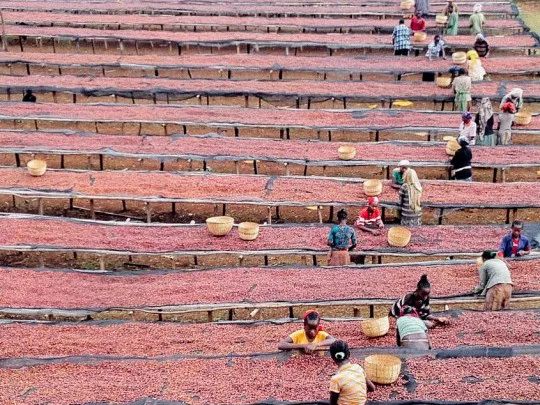
These selections have been made as part of the national crop improvement program, but in the field, newly selected and resistant varieties perform best in a climate different from that of Jima breeding. JARC researchers classified, classified and selected local varieties that naturally adapt to the environment in which they have grown and represent the cup flavor of many coffee-growing areas in Ethiopia.
Kurume is recognized as one of the local varieties in Yirgacheffe region. Like many regional local varieties, the names used for coffee varieties are borrowed from the names of local trees. The small fruit of the long rice tree has a high annual yield, similar to the small cherry of long rice coffee and the fruit of bumper harvest. Jiulumi is a variety widely cultivated by farmers in Guji and Gedeh areas (including Yergachev). Sometimes, because of the similarity in the appearance of trees, the name of Jiulumi is applied to the varieties selected by JARC.
Dega is another endemic species named after native tree species. The wood of Dega trees gives off a sweet, fragrant aroma when burned with firewood, similar to the roasting smell of coffee. The Amharic word for "dega" means "cool plateau" and is also suitable for the agro-ecological conditions for the growth of Dega coffee.
Wolisho is another endemic species, named after native tree species in Gedeo and surrounding areas. The tree bears fruitful fruit and its annual output is inconsistent. Wolisho coffee has big cherries and long leaves.
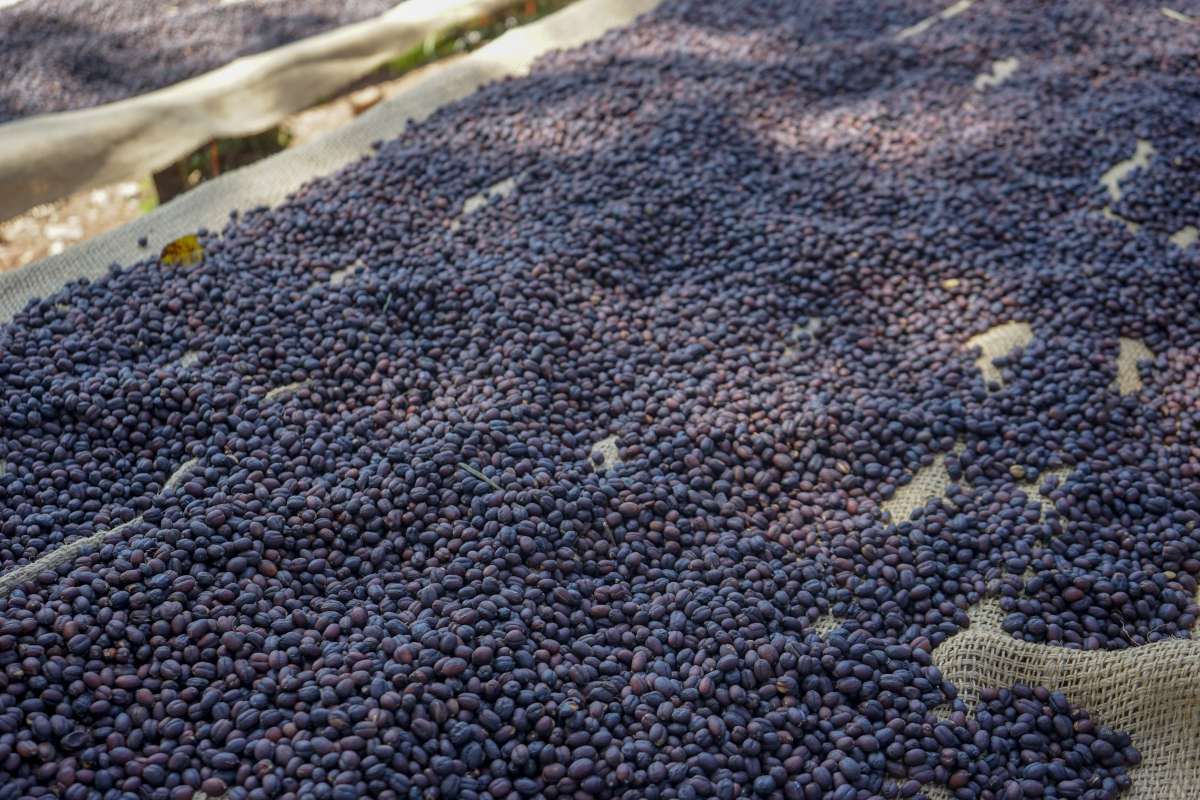
The subvarieties 74110 and 74112 selected locally by the ancestral relics were developed by the Gima Agricultural Research Center (JARC) in the 1970s to resist coffee berry disease. The two varieties begin with "74", indicating their classification and selection in 1974.
The 74110 variety was selected from the original "mother tree" in Bishari village, Metu province, Illuababora region, Oromia. JARC released the variety in 1979 after studying its resistance to coffee berry disease and its overall yield. 74110 the trees are short and compact, with leaflets, cherries and beans.
Variety 74112 also originated in the Meitu-Al-Bishari (Metu-Bishari) forest and was similarly released in 1979 because of disease resistance and yield-increasing potential. Its trees are also small and compact. The two varieties grow well in a climate similar to that of the original mother tree.
Important Notice :
前街咖啡 FrontStreet Coffee has moved to new addredd:
FrontStreet Coffee Address: 315,Donghua East Road,GuangZhou
Tel:020 38364473
- Prev
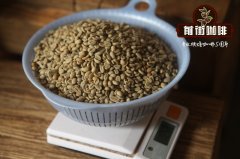
Ethiopian coffee began to subdivide the varieties of Jiulumi, Degas and Walliso, respectively.
Ethiopian coffee varieties are often described as family heirlooms in recognition of their long history and to distinguish Ethiopia's production environment from other coffee producers that identify themselves as technology. Although Ethiopia has many mountain forests filled with wild coffee, most of the coffee grown and harvested for export today is selected or grown in some form. Essel out
- Next
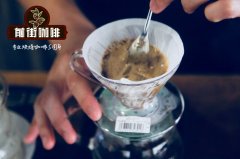
Sonora, an ancient manor in Costa Rica, how does suntan Kaduai coffee taste?
Sonora Manor has produced coffee in Carillo, Alajuela, Costa Rica, for five generations. Today, Diego Guardia, the producer, runs the farm and combines the wisdom of his family's coffee producers with a forward-looking way of thinking. In addition to running its own farm, Diego is also the main specialty of CECA (Costa Rican coffee).
Related
- Detailed explanation of Jadeite planting Land in Panamanian Jadeite Manor introduction to the grading system of Jadeite competitive bidding, Red bid, Green bid and Rose Summer
- Story of Coffee planting in Brenka region of Costa Rica Stonehenge Manor anaerobic heavy honey treatment of flavor mouth
- What's on the barrel of Blue Mountain Coffee beans?
- Can American coffee also pull flowers? How to use hot American style to pull out a good-looking pattern?
- Can you make a cold extract with coffee beans? What is the right proportion for cold-extracted coffee formula?
- Indonesian PWN Gold Mandrine Coffee Origin Features Flavor How to Chong? Mandolin coffee is American.
- A brief introduction to the flavor characteristics of Brazilian yellow bourbon coffee beans
- What is the effect of different water quality on the flavor of cold-extracted coffee? What kind of water is best for brewing coffee?
- Why do you think of Rose Summer whenever you mention Panamanian coffee?
- Introduction to the characteristics of authentic blue mountain coffee bean producing areas? What is the CIB Coffee Authority in Jamaica?

